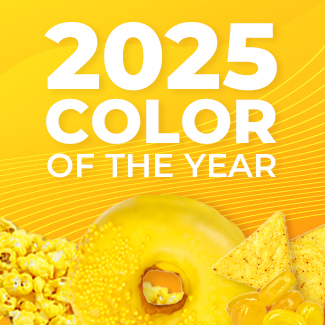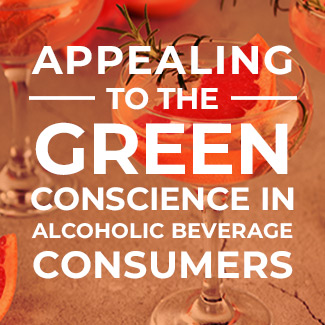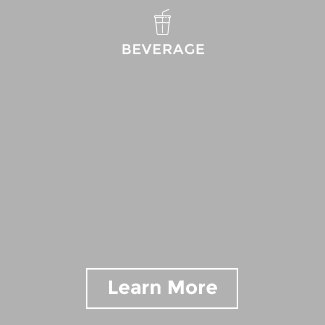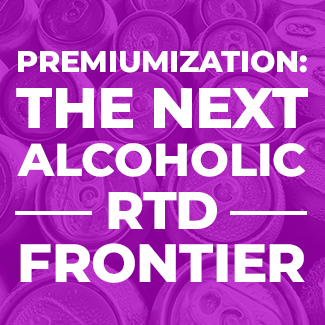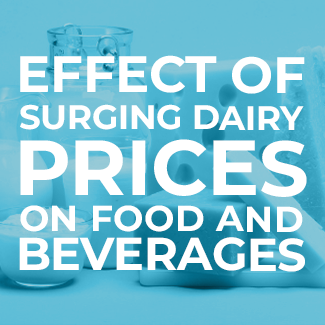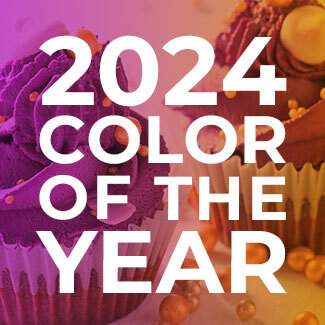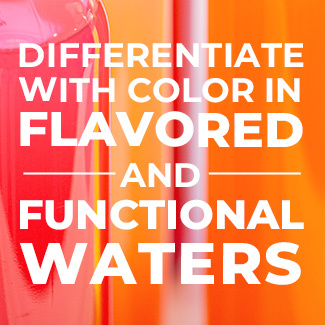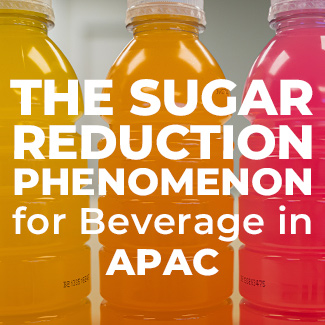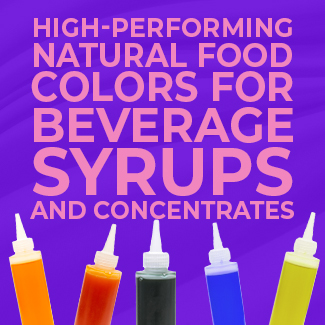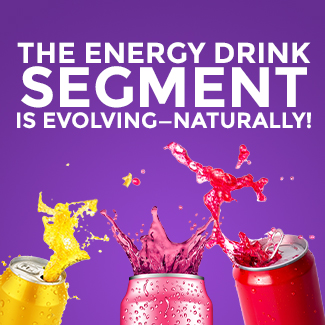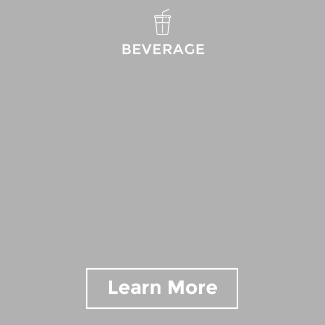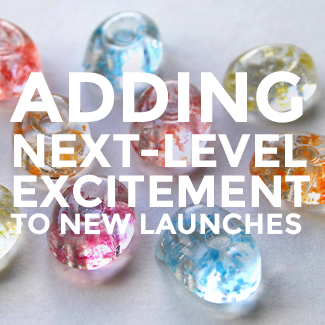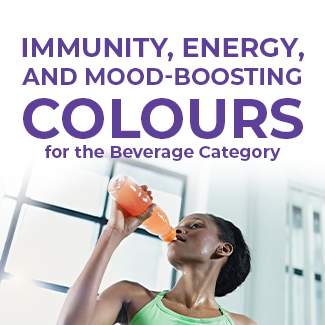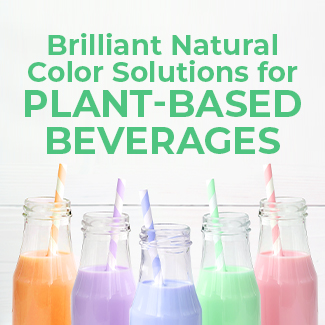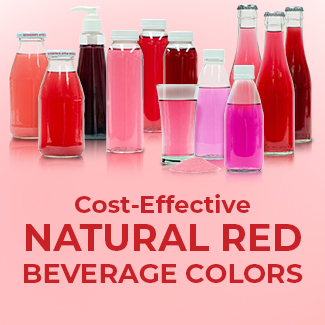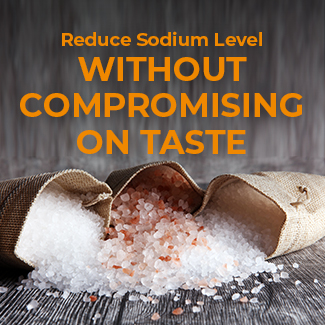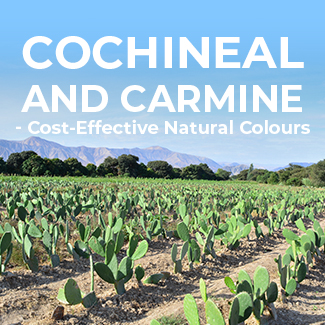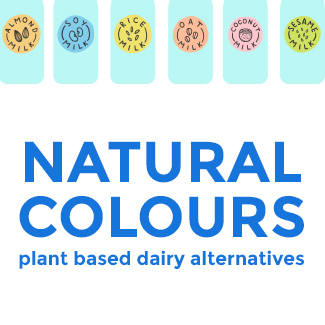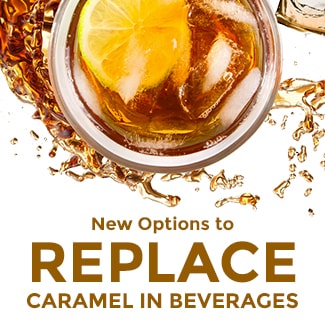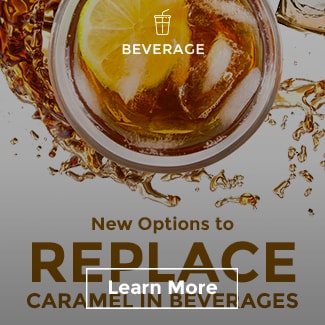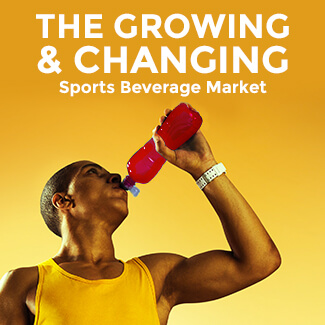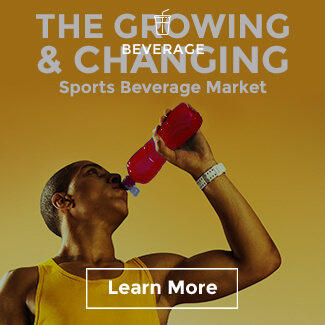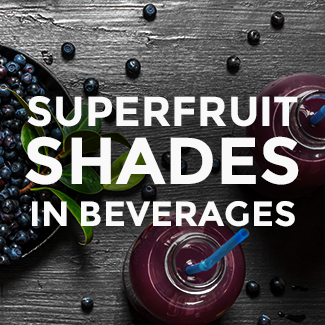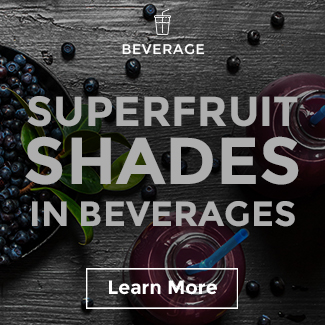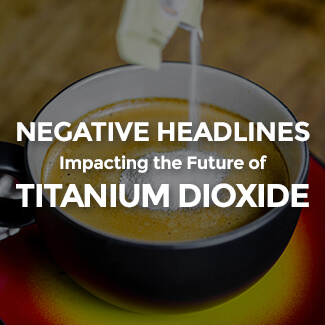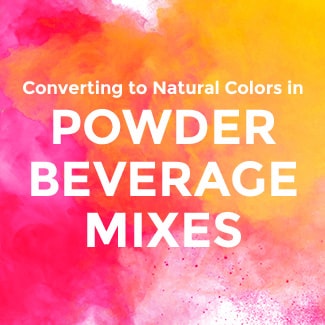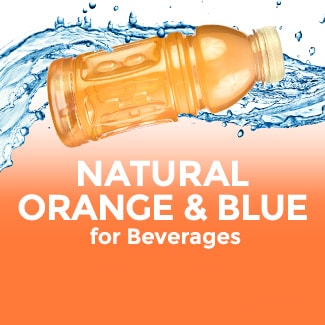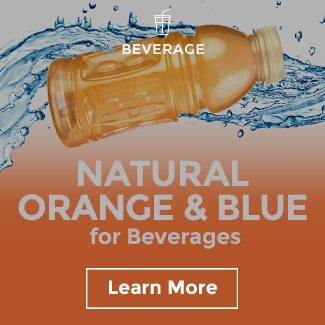What’s the Buzz on Low-to-No Alcohol Drinks
Consumers’ interest in low-to-no alcoholic beverages, or LNA drinks, is surging across the globe. In Asia Pacific, the LNA market is estimated to grow more than 7% from 2019 to 2025, as per data from Global Market Insights. The main push is coming from the health and wellbeing trend being at the forefront, while balancing the act of drinking alcohol as a lifestyle statement or to celebrate an occasion.
of adults
in Australia
say they are looking to cut back on alcohol consumption after COVID-19
of Singaporean
consumers
pick ‘low calorie’ as an important consideration when shopping for food
(Mintel 2020 – 2021)
LNA drinks therefore strike a balance for those who want to indulge in moderation. Consumers who are looking for new experiences can turn to ready-to-drink mocktails or non-alcoholic spirits as the perfect solution – but what exactly makes them stand out on the supermarket shelves?
Raising the Bar for Colours and Flavours
In Australia, its first non-alcohol cocktail bar opened in 2021, showing how the experience of a fun night out can be replicated for the sober-curious. Whether enjoyed with friends or alone at home amidst lockdowns, colour is often a key ‘wow’ factor, especially when consumers are sharing their lives with friends on social media. Premium mocktails, just like their cocktails counterparts, should look equally stunning.
Flavour innovation is also key to grab the attention of consumers, complementing the visual cue of interesting colours. According to Mintel, 65% of adults in India say that non-traditional alcohol flavours would appeal to them while 36% of female Chinese consumers who purchase alcoholic drinks want to try new products. Refreshing citrus flavours continued to dominate product launches such as lemon and lime, however, fruity flavours like peach and plum continue to gain in popularity.

Crafting More Patents
Globally, Japan and China are dominating the space for LNA beverage patents, taking up 30% and 29% of the total count in 2020 respectively (Mintel). Upon further breakdown, no-alcohol variants were more prominently featured with new technologies being offered to replicate the visual satisfaction, including foaming properties and smoothness in its colour. Innovation was also needed to develop good taste profiles, develop hops aromas, and ensure longevity of the product. Patented commitments signal that this rise in mindful drinking is in for the long haul – with the improved quality of products showing potential to reap exponential results.
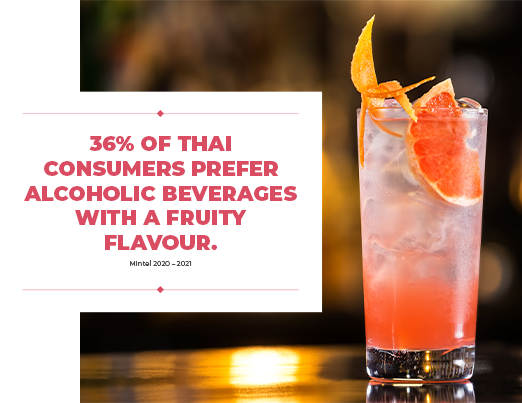
Tapping onto Functional Benefits
Some manufacturers even saw the opportunity to add functional benefits to their products in response to the better-for-you trend. This includes claims to be enriched in probiotics, aid absorption of fat, and even in alleviating stress in a healthy manner. Scroll through the product examples below for inspiration:
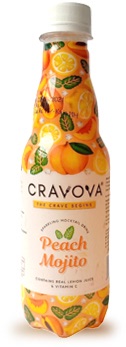
CRAVOVA PEACH MOJITO
This Sparkling Mocktail Drink claims to “melt away all the stress” with its calming minty aromas and citrusy flavours. Real lemon juice is used to ensure this product is packed with vitamin C and suitable for vegetarians.
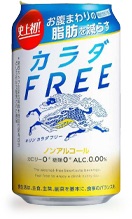
KIRIN KARADA FREE ALCOHOL-FREE BEER
Formulated with picric acid derived from aged hops, this Japanese product is said ‘to help reduce belly fat’, while remaining free from alcohol, calories, and added sugar.
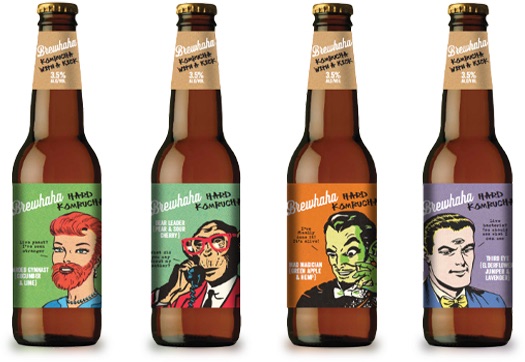
BREWHAHA HARD
BREWED KOMBUCHA
(3.5% ABV)
Spiked kombucha is the perfect example where low alcohol meets healthy and natural claims! Naturally fermented with bacteria and live yeast, this line is rich in probiotics boosting your immune system while you enjoy a light buzz.
Want more insights into the space, and solutions on how to create your next LNA drink? Book a consultation with our experts today!



